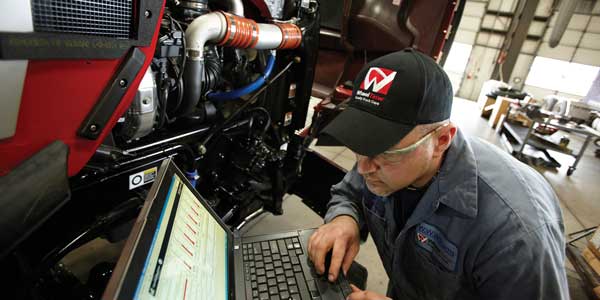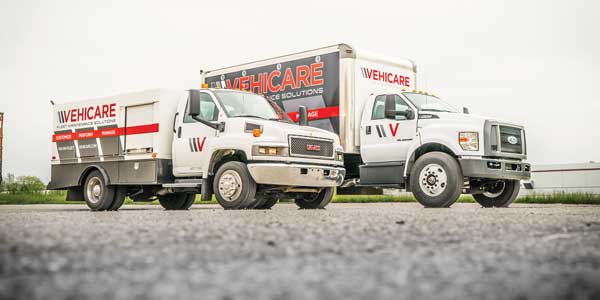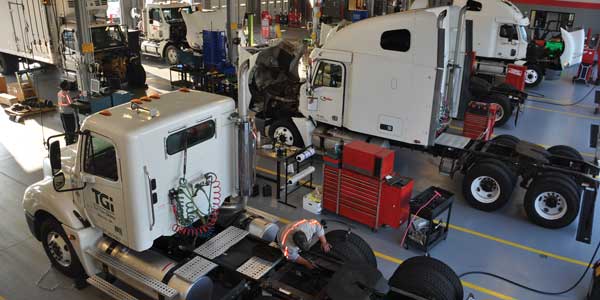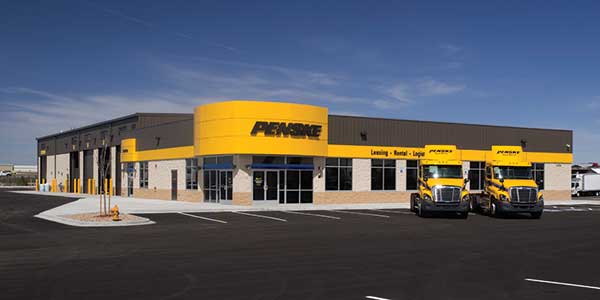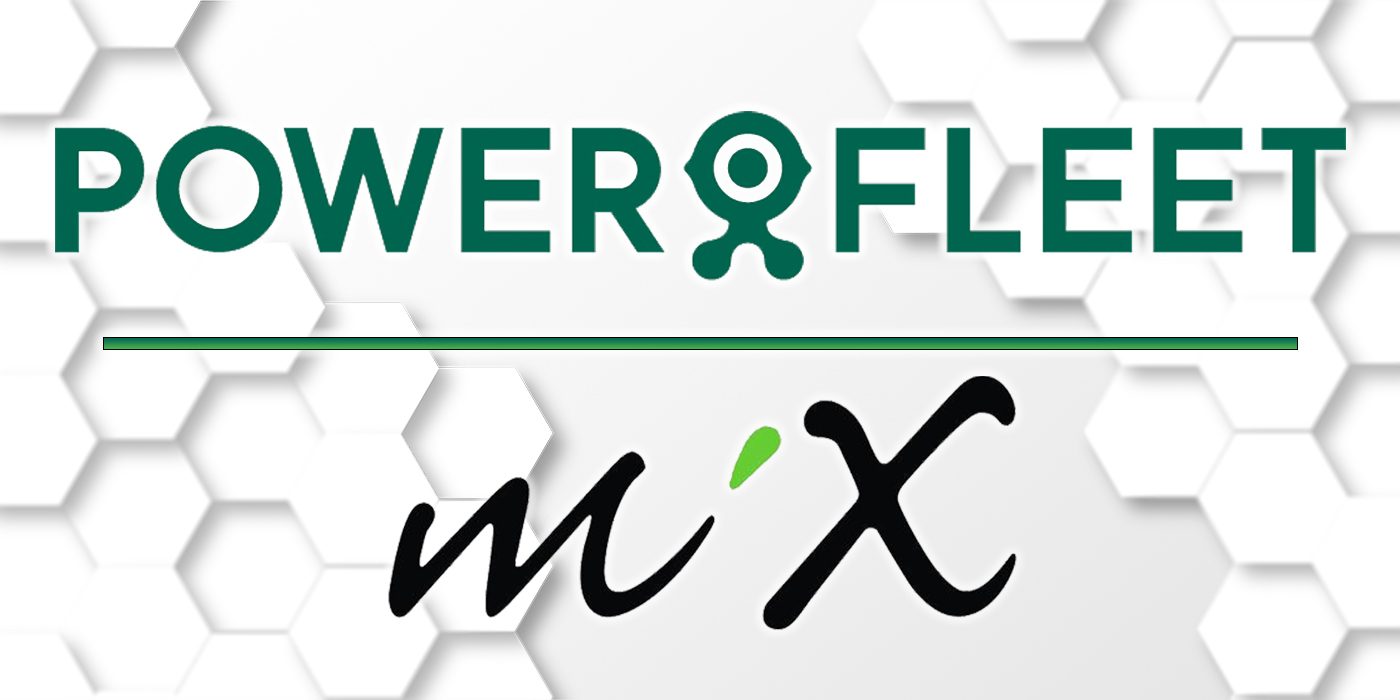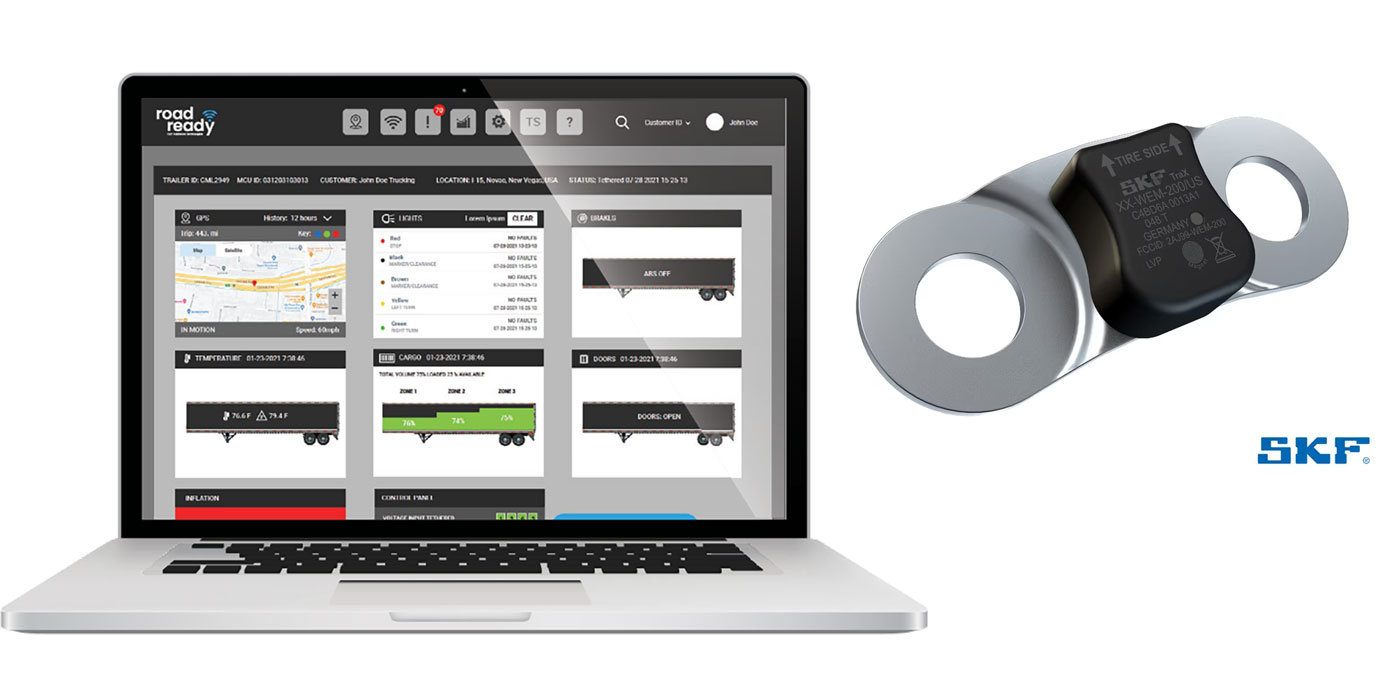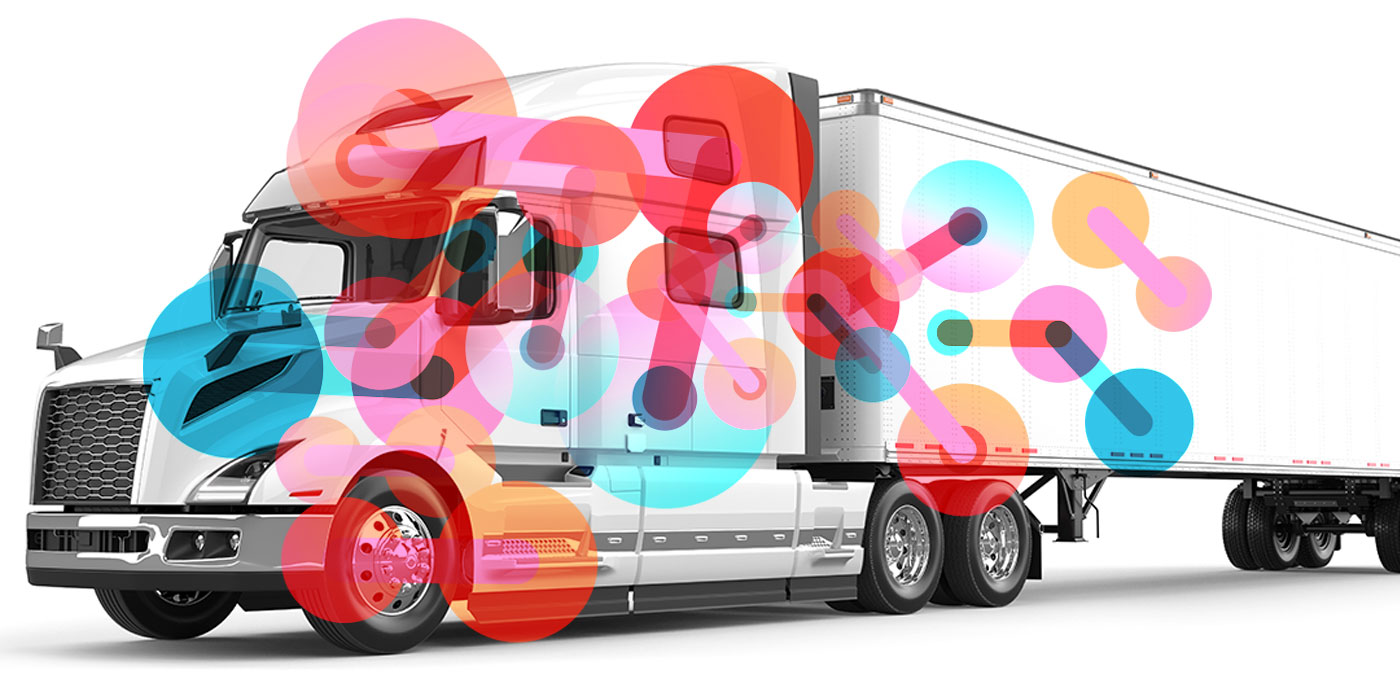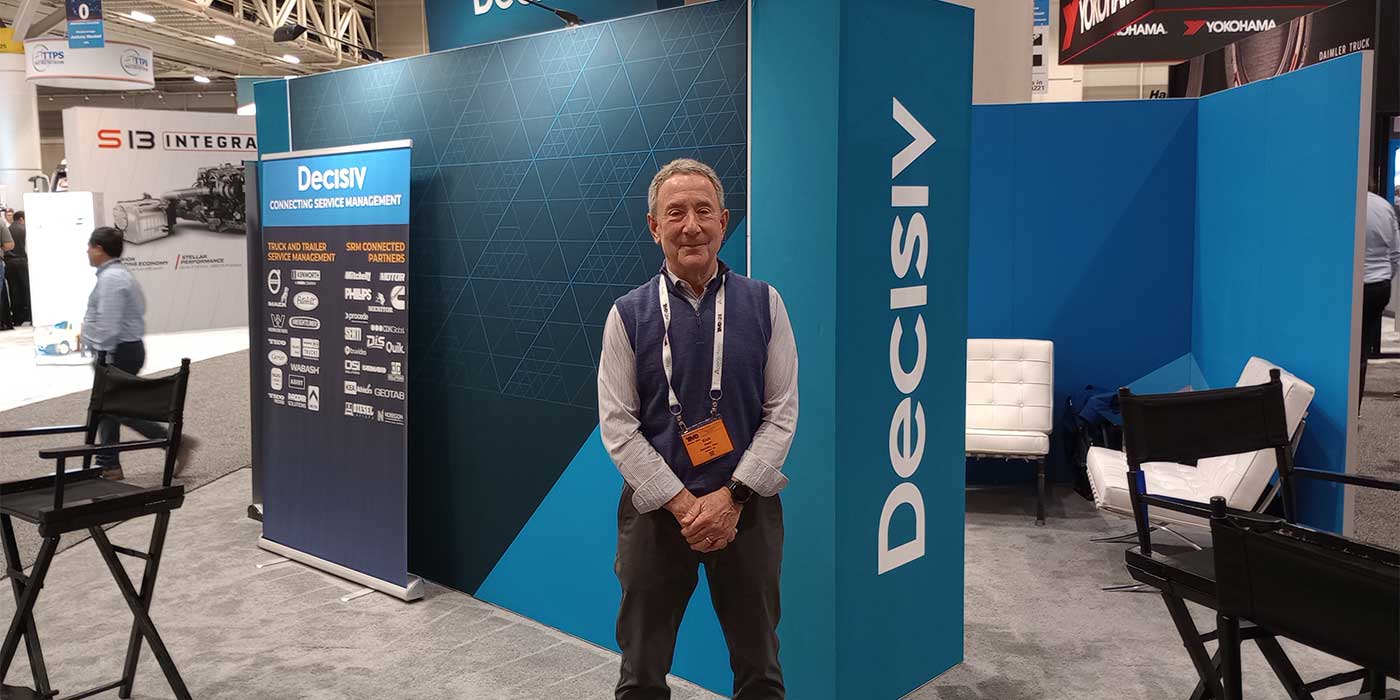“Today’s vehicles are equipped with many more sensors and systems than before, which provide very helpful information, However, the tooling, software and training to make good use of that information is complex and potentially very costly,” says Bill Dawson, vice president of maintenance and engineering at Ryder System. “The required investments in shop technology and technician training resources are factors driving fleets to make the decision to outsource. Vehicle technology, diagnostic tools and telematics integration are making it difficult for fleet operators to keep pace,” Dawson adds. “Many fleet operators faced with the decision to invest in these areas are finding that it’s not their core competency and subsequently look to partners for help.”
Jim Lager, senior vice president of sales at Penske Truck Leasing, notes that increasing commercial vehicle complexity is having a huge impact on private fleet operators as they realize there are large ongoing investments in talent, facilities and technology needed to keep trucks on the road. “Just the initial purchase price alone is causing many companies to consider outsourcing,” Lager says, “as most can use that capital to grow their business or expand into new markets and develop new products. Add that to all of the expenses associated with the total cost of owning and operating vehicles, and many private fleets are choosing to outsource this non-core function.”
Key questions
Recently, as a panelist at “Going From Good To Great—Fleet Maintenance Today and Tomorrow,” during a webinar hosted by Decisiv, Don Kelley, executive vice president of sales and operations at VehiCare, a fleet maintenance provider with a network of over 200 locations, began with key questions fleets should be asking.
Included was a look at whether maintenance is a core competency of your company and if having your own shop perform maintenance consumes capital, management and other resources that may be better utilized in your business. Kelley advised fleets to ask whether more complex regulations mean exposure that goes beyond financial penalties, and if attracting and retaining skilled fleet maintenance technicians is challenging.
“National providers of outsourced maintenance services have proven consistent processes that improve asset reliability and lower total cost of ownership,” Kelley added. “Outsourcing maintenance leverages the core competency of maintenance industry specialists to lower total cost of ownership and maximize utilization of assets.”
Ahead of the curve
“Starting in 2008 we began to see maintenance costs rise, in large part due to new engines,” reports Mike Delaney, president and chief executive officer of WheelTime. “Studying emissions issues, we learned that the technology is sound.
“The problem was both the need to tailor maintenance to the application because the technology is very sensitive, and that technology creates a need for knowledge that is not always well supported,” Delaney explains further. “Outsource service providers are often ahead of curve in that regard because they work with many companies.”
What impact is the shortage of qualified technicians having on this trend? Ryder’s Dawson says it’s not necessarily just the shortage of technicians in general; it’s the shortage of talented technicians that are prepared to diagnose and repair highly complex vehicles. “We invest heavily in training and development but highly qualified and well-trained technicians continue to be at a premium,” he adds. “That, too, puts pressure on fleets to focus on their core business and look to strong partners to maintain their vehicles.”
“The shortage of technicians is accelerating the pace of outsourcing and forcing some companies to look outside for help,” Penske’s Lager says. “The technician shortage is only one aspect of the problem. Technicians must be regularly trained to maximize productivity and efficiency, and so we’ve made huge investments over the last several years in recruiting and training highly-skilled technicians.”
Brett Petersen, chief operating officer at Cure Leasing and Maintenance, agrees that the technician shortage is accelerating outsourcing. “Company shops compete with OEM dealers and other retail repair facilities for qualified talent,” he says. “The environment is a challenge for everyone but increasingly only the biggest companies are able to compete with dealer networks and the larger OEM authorized repair facilities.”
Using analytics
Outsourced and managed care maintenance service providers are also making it more valuable for fleets to use their services by employing the latest information management technologies. “Information systems and analytics are the lifeblood of managed care and outsourcing,” Petersen says. “When properly collected and managed, information and analytics save fleets time and money.”
At Penske, a proprietary ServiceNet system captures, tracks and proactively manages all aspects of a vehicle’s operation, Lager notes. “It provides visibility to all of our locations and service personnel, so a vehicle can be properly repaired at any of our service facilities,” he explains. “The system also records and documents all aspects of vehicle operation. Proper documentation is critical to minimizing risk.”
Fleets are also looking to ensure that their service providers have in-context access to key information from OEM systems, including remote diagnostics, warranty, recalls and service bulletins, detailed build information and parts catalogs, to ensure timely triage and diagnosis and estimate creation, notes Michael Riemer, vice president of product and channel marketing at Decisiv.
“No matter where an asset is serviced,” Riemer says, “fleets need to feel comfortable with the level of transparency and visibility to service events while they happen, as well as adequate reporting after the fact. Service providers must also be able to provide real-time status updates and notifications, online electronic estimate approvals, and electronic access to VMRS-coded case and work orders for easy integration into back-office asset management applications.
“Going forward, fleets must replace reactive, manual, phone and email intensive, and disconnected systems with strategic, knowledge-driven, real-time communication,” Riemer adds. “A service relationship management approach helps fleets eliminate the constant fire drills and phone tag, estimate-invoice discrepancies and costs associated with manual systems.”
Decisiv’s Service Relationship Management (SRM) platform-as-a-service already powers dealers and service providers through private labeled versions including Volvo and Mack ASIST, PACCAR Solutions (Kenworth TruckTech+ and Peterbilt SmartLinq), Hino INSIGHT, WheelTimeLinq, Vehicare, NationaLease Fleet 20/20, and Ryder On Demand Maintenance, Riemer adds.
“SRM fundamentally improves communications, management, visibility, and transparency of external service events including rapid integration and synchronization with leading fleet maintenance and asset management applications,” he adds, “ensuring that fleets can quickly leverage new diagnostics technologies and have the management infrastructure to adapt to the service outsourcing landscape is more critical to their success than ever before.”
Safety net
“What outsourcing does is bring management practices together and creates a safety net that helps ensure that service quality is high and costs are down,” WheelTime’s Delaney says. “If your goal is to move freight, it doesn’t matter why a vehicle is out of service; the question is how to limit downtime, because productivity and uptime matter more than anything.”
The complex technology in today’s fleets requires skilled technicians and high dollar diagnostic equipment and tools, Cure Leasing & Maintenance’s Petersen notes. “The competition for talent and the cost of maintaining a shop can also make outsourcing a lower cost alternative for commercial fleet service and maintenance,” he says.
“Aside from the potential to reduce costs and improve cash flow, one of the most important benefits of outsourcing is allocation of resources,” Petersen adds. “Outsourcing allows companies to focus on their core business instead of non-revenue producing activities.”

